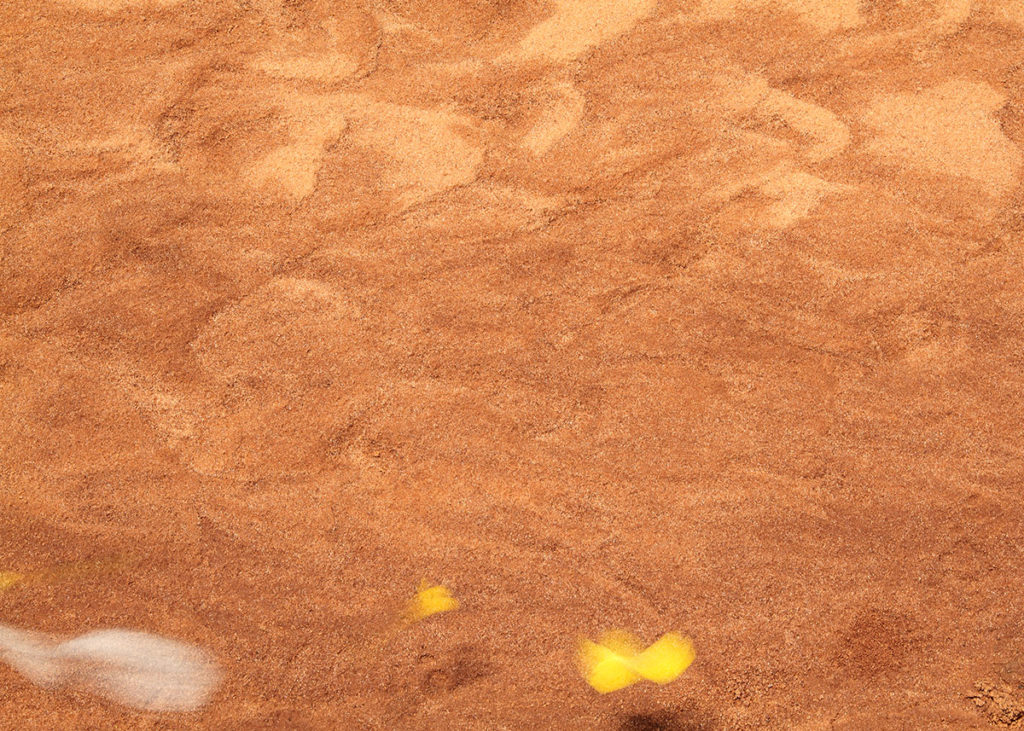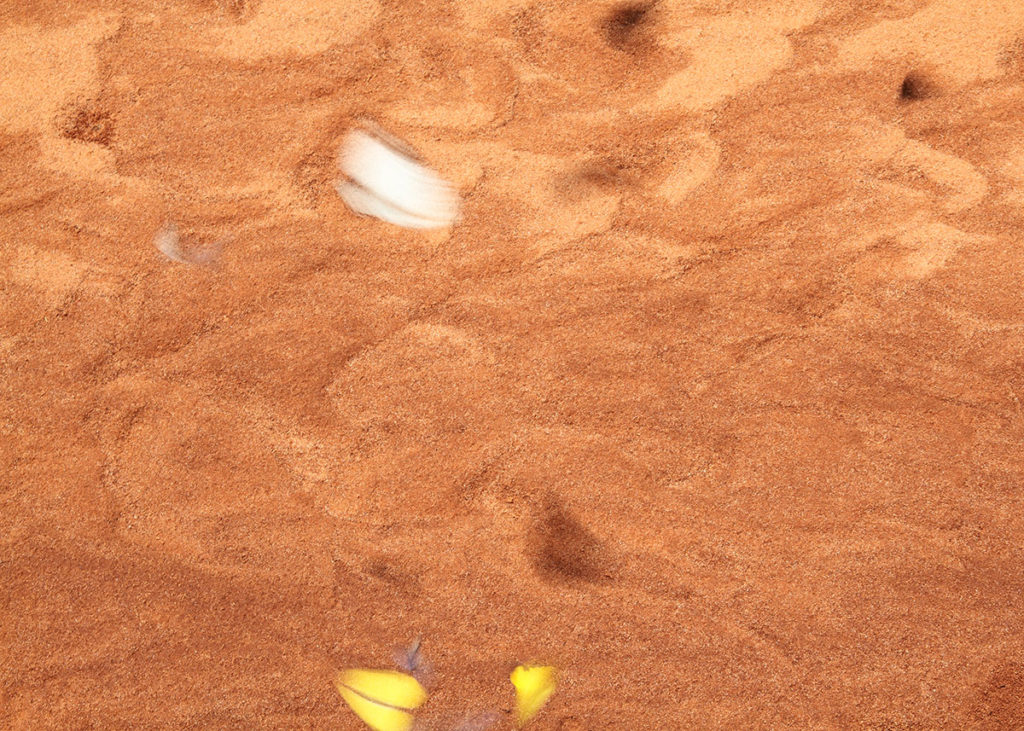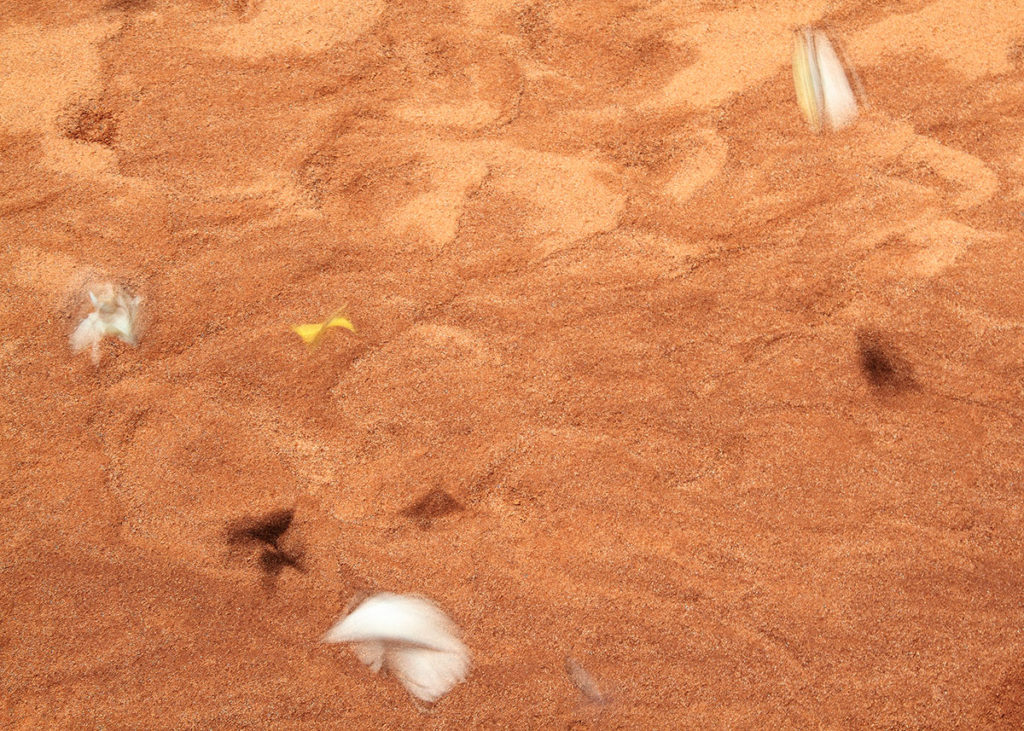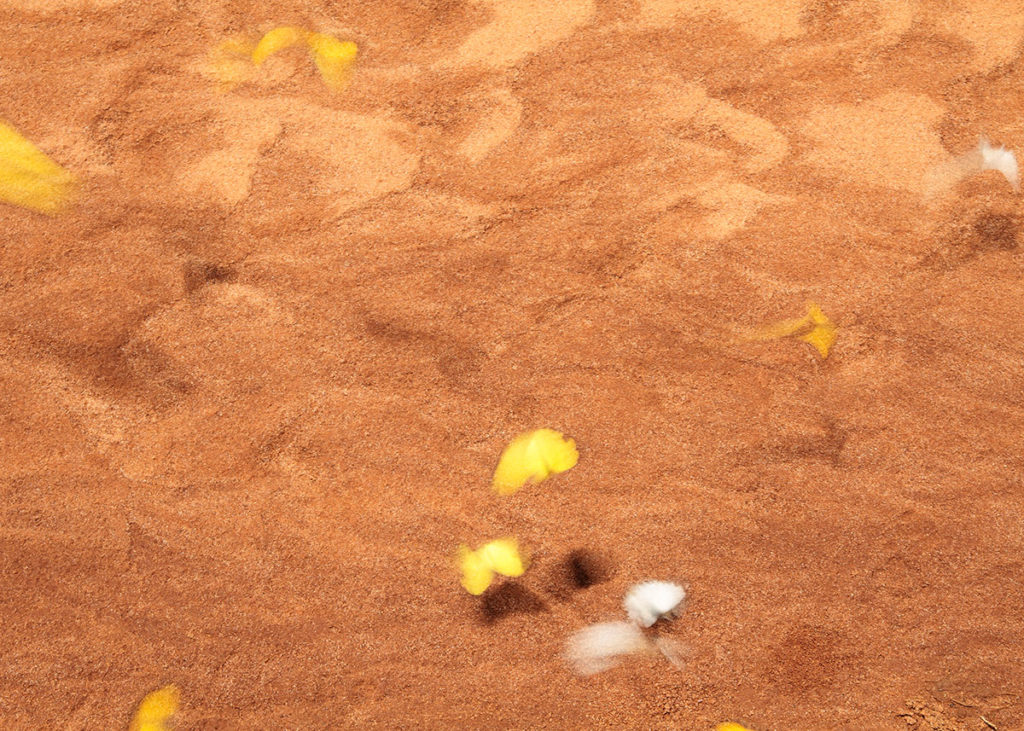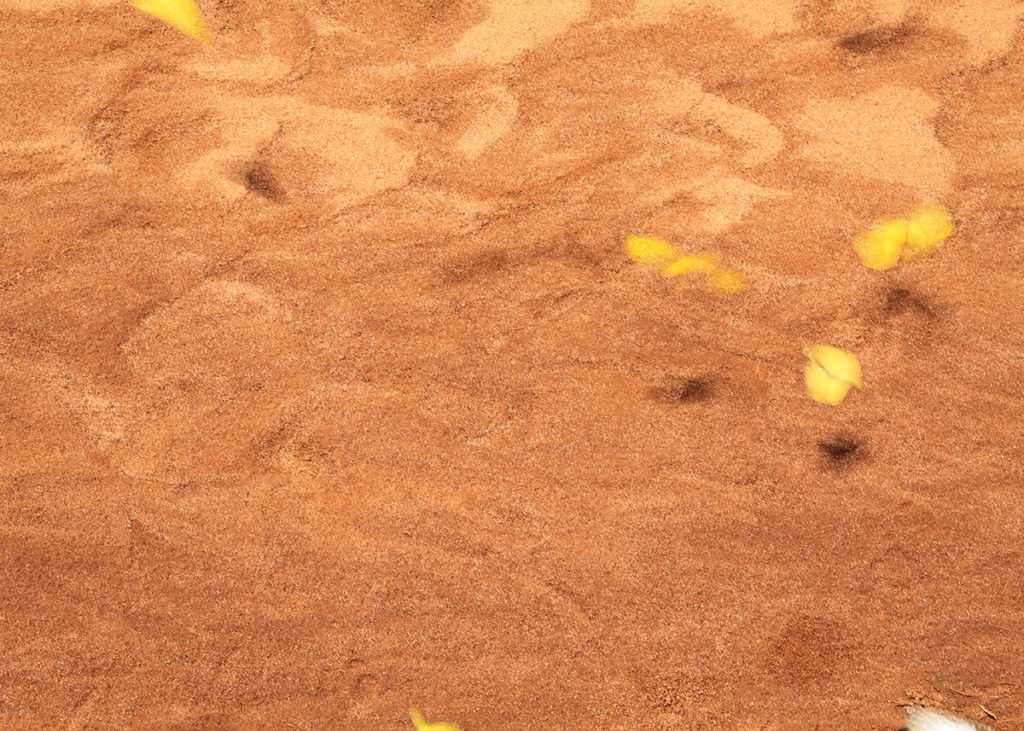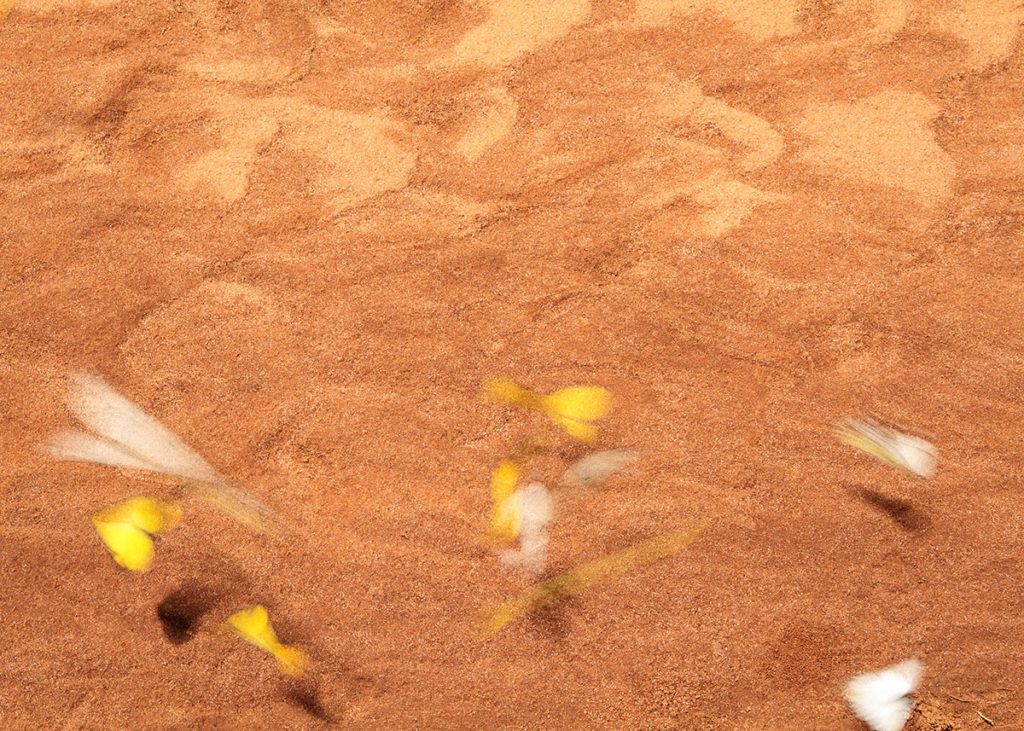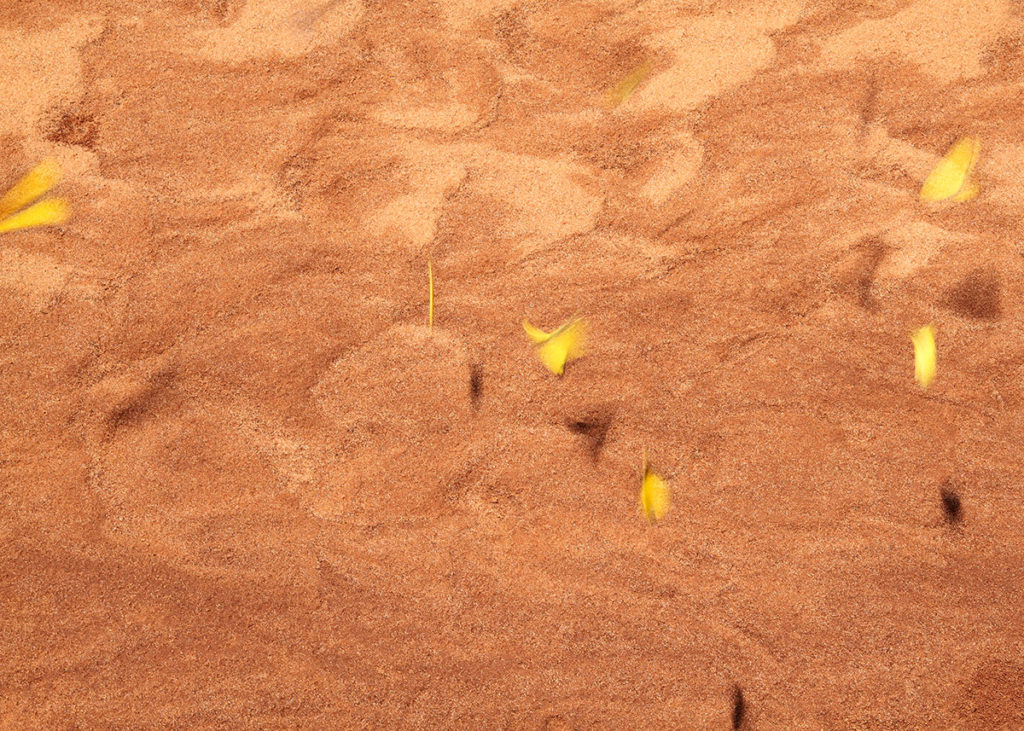overview
17 September – 23 October 2021
Muxima: feels like earth smells like heaven
Edson Chagas
Curated by Inês Valle
“We live in uncertain times – thankfully… In an age of uncertainty, the mind must remain active: no answer is ever the only one. What is happening now may not be so in the future and the way I see things may not be the same way you do or even the way I will in moments… in an age of uncertainty, ambiguity becomes insight; reality is found in paradox, and truth becomes relative, these were words written twenty years ago by Alasdair Foster which I see intrinsically resonating today.
Nowadays, it matters so much how we relate with each other, as the environment embraces us. Maybe today, we all have consciously experienced events that have forced us to reflect on our inner self. Inevitably, and against what a capitalist society has been dictating on our ego-behavior and the ways of interaction, today, we came closer. Not due to race, politics, or religious beliefs, but due to us realizing we are all part of an ecosystem that only functions if all members are healthy …”
I am not especially keen on speaking about the current worldwide pandemic, but it seems inevitable not to mention it in this exhibition. The photographic series Muxima – looks like earth but smells like heaven by Edson Chagas became alive during the lockdown, a moment when the artist decided to organize his photo archives, making him travel at his own pace throughout his thousands of images.
In such a peculiar period in mankind’s history, it made sense for Chagas to select these artworks for his first solo exhibition in Portugal, which also inaugurates the program of the .insofar gallery in Lisbon. These images result from a trip he did 10-years ago. Dedicated to Angola’s most important pilgrimage site, Muxima – a small town whose name means “heart” in the Kimbundu language.
Nevertheless, this exhibition is not about the place Muxima. With its significance the artist’s motivation was to create a path for introspection. Chagas created a journey that through impressionistic close-ups, where the photographs subvert the logic of popular wildlife or landscape shots. Their focus is neither flora nor fauna, but the textures of soil and movement. They are the remnants of visual memories, of moments that caught the artist’s eyes – images which have been forgotten, abandoned in his digital photo archives, to which he has returned, rediscovering these moments in time.
In the previous series, the artist has led us to look at urban details that he considered significant, to reflect on issues of globalization, consumerism, migrations, or even our identities in society on constant mutation. Now, for the first time, there is encouragement for a conscious internal dive, as Chagas guides us to gaze at the movement of mineral butterflies, which metaphorically speak about our own experiences and challenges we face.
Anyway, in both cases, the theme of deceleration is recurrent.
In Muxima, we glimpse traces and reminiscences of the countless possible choices, through an elastic concept of time, movement, and perception of space which is a “flight “grounded on how an internal decision may be expressed. In a way, the society of consumption makes a constant appeal to an excessive production of images that pollutes our individual, non-judgmental perception. In this exhibition, Chagas’s poetic images show us the small and subtle details leading us to appreciate the moment of the “now”. As in Arundhati Roy’s novel “The God of Small Things”, the writer meticulously narrates each moment of her story enabling us to easily imagine an entire atmosphere that through words she portrays for us. Metaphorically, it parallels the butterflies in Chagas’s works, leading us to ponder on the multiple stories, relationships, journeys, and decisions that one could have in a lifetime.
The exhibition space appears to be a closed dark box that induces us to introspection… that induces us to an inevitable quest and encounter with the shimmering light that exists inside, inside of us… And in a state of self-observation, we may remain, if we look from top to bottom these luminous butterflies that are enclosed in these lightboxes, placed on an earthen flooring and illuminated as beams of light that come out of them alive and vertical towards an external place yet to be defined…
THE ELASTICITY OF TIME WITHIN MEMORIES by Inês Valle
to read portuguese version – please mail us

